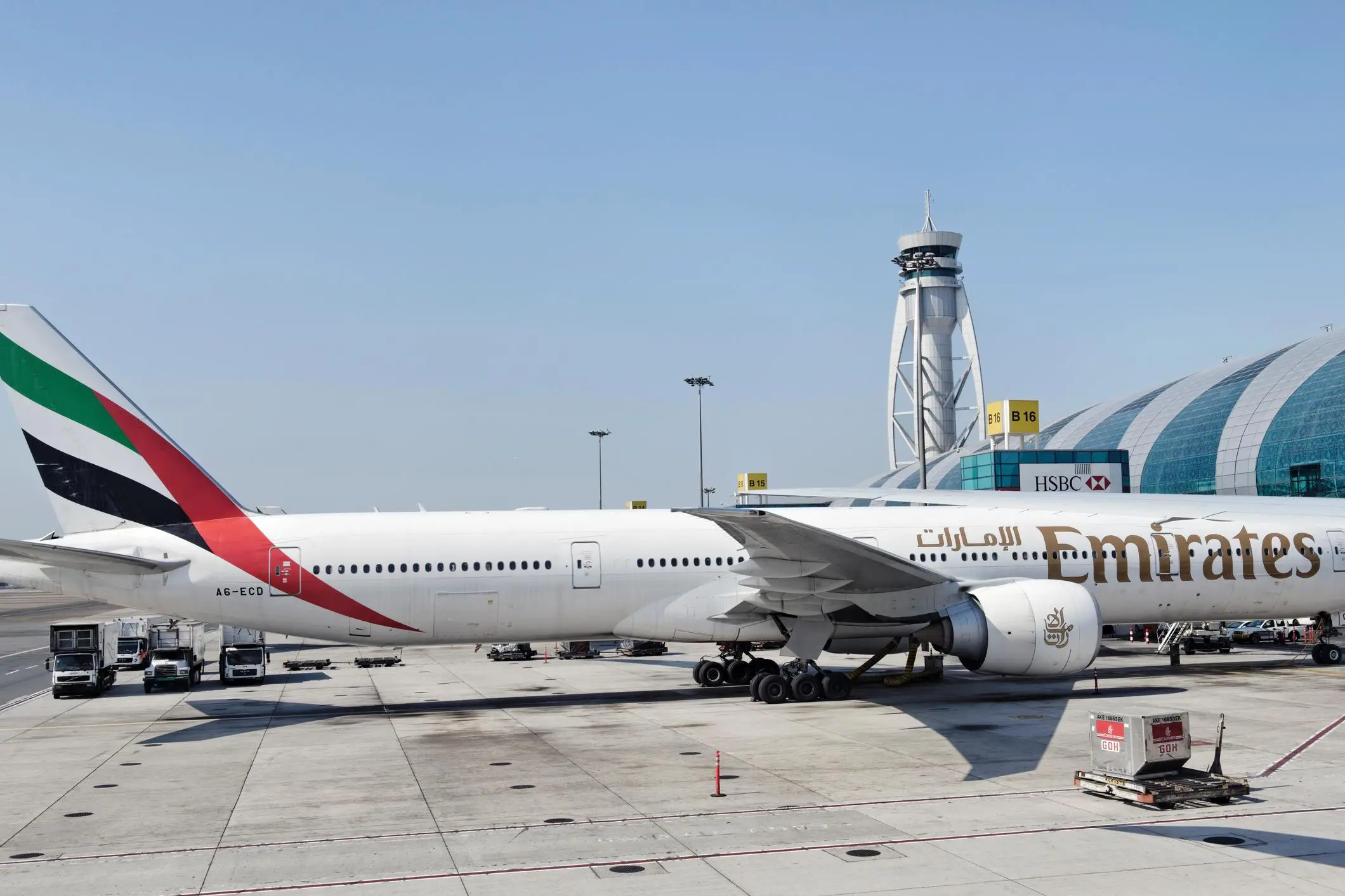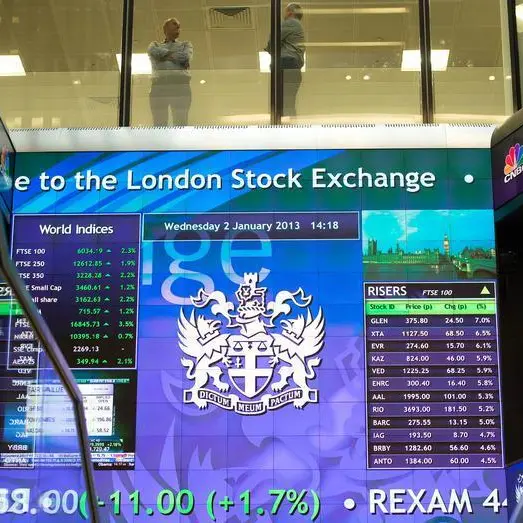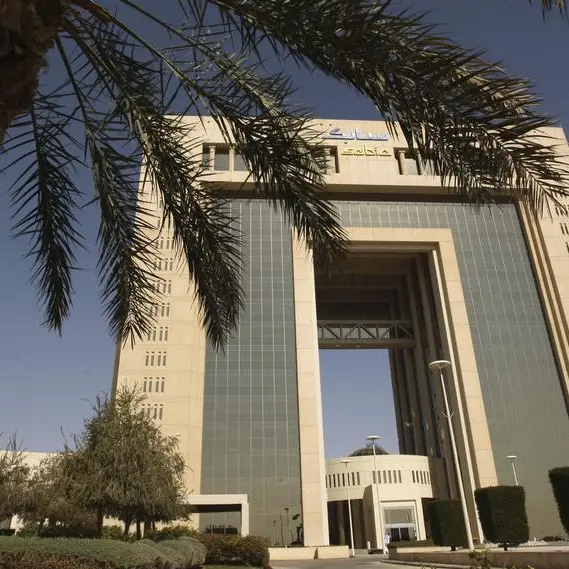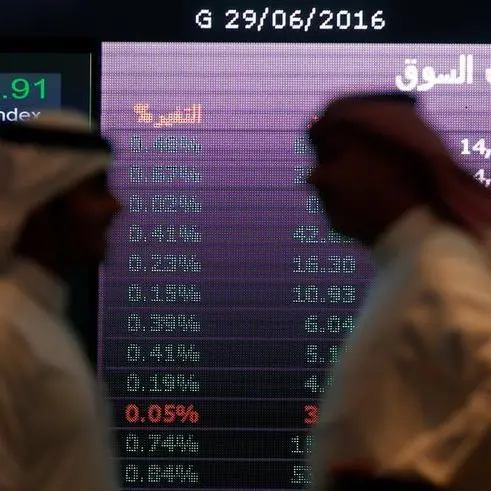PHOTO
Middle Eastern carriers are expected to report $800 million net profits in 2019, up from an expected weaker $600 million in 2018, predicts the International Air Transport Association (IATA) .
The global airline industry's net profit will hit $35.5 billion in 2019, slightly ahead of the $32.3 billion expected net profit in 2018 (revised down from $33.8 billion forecast in June), IATA said.
Highlights of expected 2019 performance include:
• The return on invested capital is expected to be 8.6% (unchanged from 2018);
• The margin on net post-tax profits is expected be 4.0% (basically unchanged from 3.9% in 2018);
• Overall industry revenues are expected to reach $885 billion (+7.7% on $821 billion in 2018);
• Passenger numbers are expected to reach 4.59 billion (up from 4.34 billion in 2018);
• Cargo tonnes carried are expected to reach 65.9 million (up from 63.7 million in 2018);
• Slower demand growth for both passenger traffic (+6.0% in 2019, +6.5% in 2018) and cargo (+3.7% in 2019, +4.1% in 2018);
• Average net profit per departing passenger of $7.75 ($7.45 in 2018)
Lower oil prices and solid, albeit slower, economic growth (+3.1%) are extending the run of profits for the global airline industry, after profitability was squeezed by rising costs in 2018. It is expected that 2019 will be the 10th year of profit and the fifth consecutive year where airlines deliver a return on capital that exceeds the industry’s cost of capital, creating value for its investors.
“We had expected that rising costs would weaken profitability in 2019. But the sharp fall in oil prices and solid GDP growth projections have provided a buffer. So we are cautiously optimistic that the run of solid value creation for investors will continue for at least another year. But there are downside risks as the economic and political environments remain volatile,” said Alexandre de Juniac, IATA’s director general and CEO.
Performance Drivers in 2019
Economic Growth: GDP is forecast to expand by 3.1% in 2019 (marginally below the 3.2% expansion in 2018). This slower but still robust growth is a main driver of continued solid profitability. There are significant downside risks to growth from trade wars and political uncertainties such as with Brexit, but the consensus view is that these factors will not offset the positive impetus from expansionary fiscal policy and growing business investment in major economies.
Fuel Costs: The 2019 industry outlook is based on an anticipated average oil price of $65/barrel (Brent) which is lower than the $73/barrel (Brent) experienced in 2018, following the increase in US oil output and rising oil inventories. This is welcome relief for airlines which have seen jet fuel prices fall, albeit at a slower pace owing to the impact of low-sulfur environmental measures undertaken by the marine sector that have increased demand for diesel (which competes with jet fuel for refinery capacity).
Nonetheless, jet fuel prices are expected to average $81.3/barrel in 2019, lower than the $87.6/barrel average for 2018). The full impact of this decline will be delayed due to heavy levels of hedging in some regions. Fuel is expected to account for 24.2% of the average airline’s operating costs (an increase from 23.5% forecast for 2018).
Labour: Total employment by airlines is expected to reach 2.9 million in 2019, up 2.2% on 2018. Wages are also rising, reflecting the tightness of labor markets, and it is expected that unit labor costs will increase by 2.1% in 2019 after a long period of stability. Aviation jobs are getting more productive. In 2019 we expect productivity to increase by 2.9% to 535,000 available tonne kilometers/employee.
Passenger: Passenger traffic (RPKs) is expected to grow 6% in 2019, which will outpace the forecast capacity (ASKs) increase of 5.8%, and remains above the 20-year trend growth rate. This in turn will increase load factors and support a 1.4% increase in yields (partially clawing back the 0.9% fall experienced in 2018). Passenger revenues, excluding ancillaries, are expected to reach $606 billion (up from $564 billion in 2018).
Cargo: The 3.7% annual increase in cargo tonnage to 65.9 million tonnes is the slowest pace since 2016, reflecting the weak world trade environment impacted by increasing protectionism. Cargo yields are expected to grow by 2.0%. This is well below the exceptional 10% yield growth in 2018. It does, however, continue the recent strengthening of the cargo business, since cost increases are lower. Overall cargo revenues are expected to reach $116.1 billion (up from $109.8 billion in 2018).
Regional Outlook
All regions, except Africa, are expected to report profits in 2018 and 2019. Carriers in North America continue to lead on financial performance, accounting for nearly half of the industry’s total profits. Financial performance is expected to improve compared to 2018 in all regions except for Europe, where improvement has been delayed by the high degree of fuel hedging.
Middle Eastern carriers' net profit per passenger is $3.33 (1.2% net margin). The region has been challenged by the earlier impact of low oil revenues, conflict, competition from other ‘super-connectors’ and setbacks to particular business models, leading to a sharp slowdown in capacity growth (after more than a decade of double-digit growth, passenger capacity growth was halved to 6.7% in 2017). The region reported 4.7% capacity growth in 2018 and is expected to slow to 4.1% in 2019, which together with restructuring is helping to generate a recovery. - TradeArabia News Service
© Copyright 2014 www.tradearabia.com
Copyright 2018 Al Hilal Publishing and Marketing Group Provided by SyndiGate Media Inc. (Syndigate.info).












